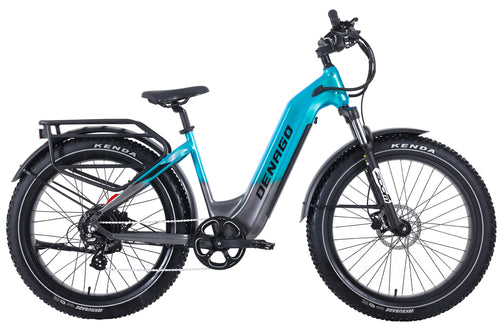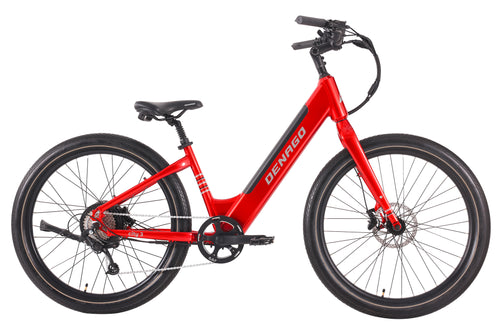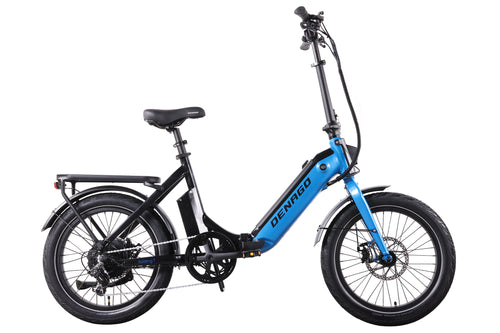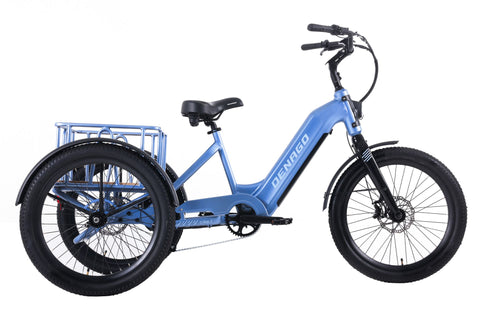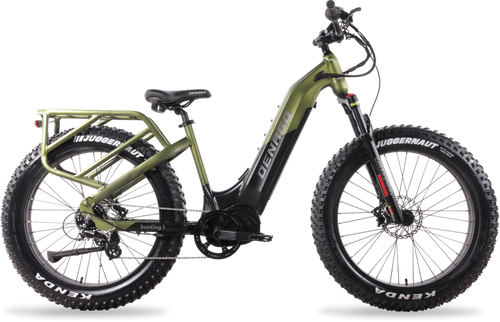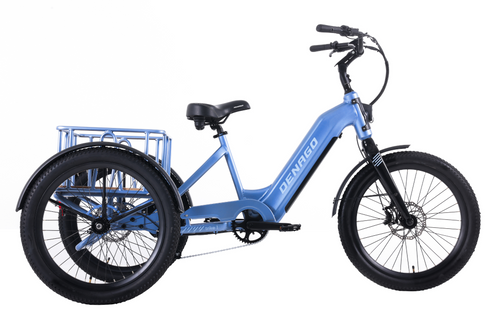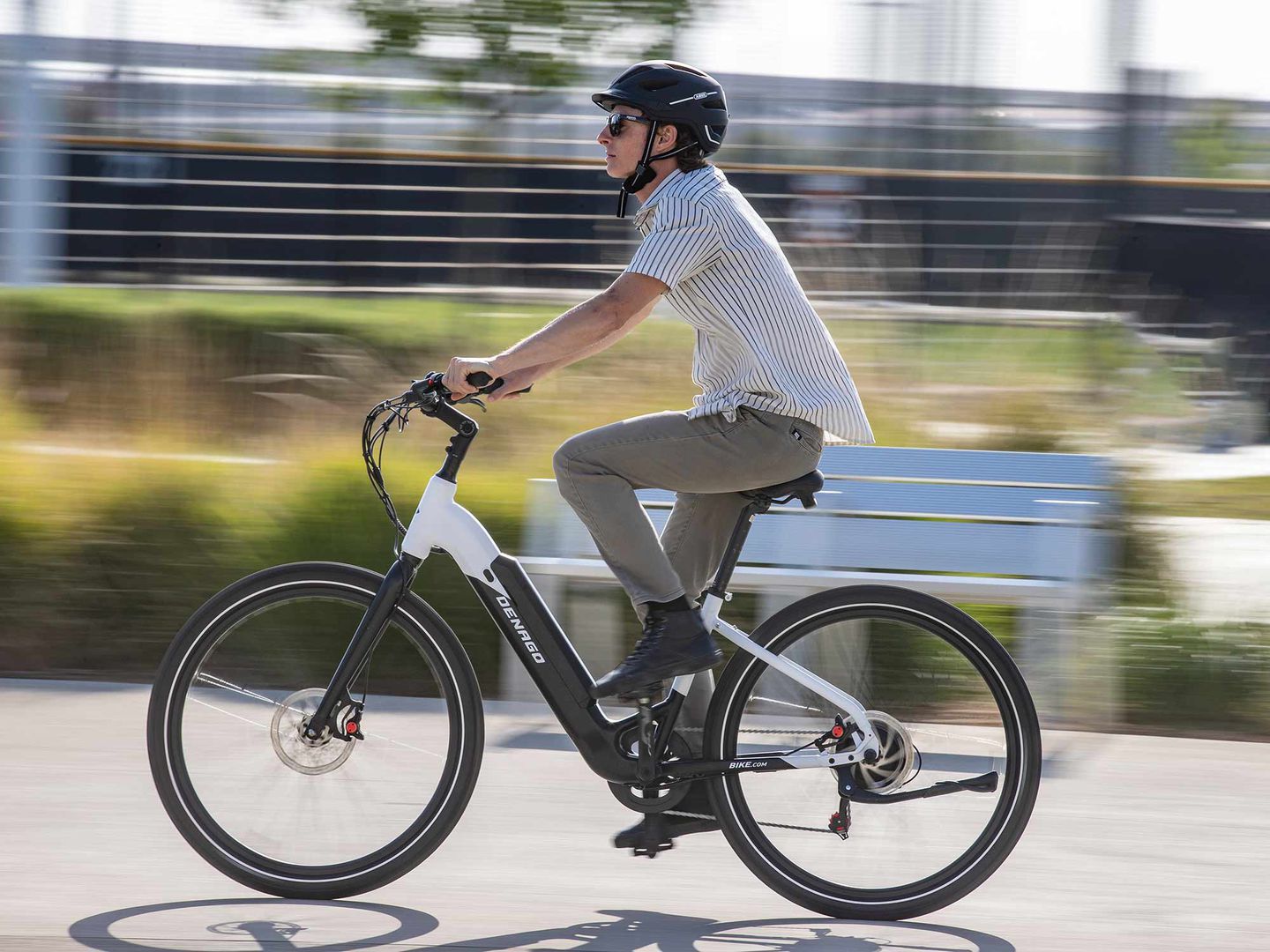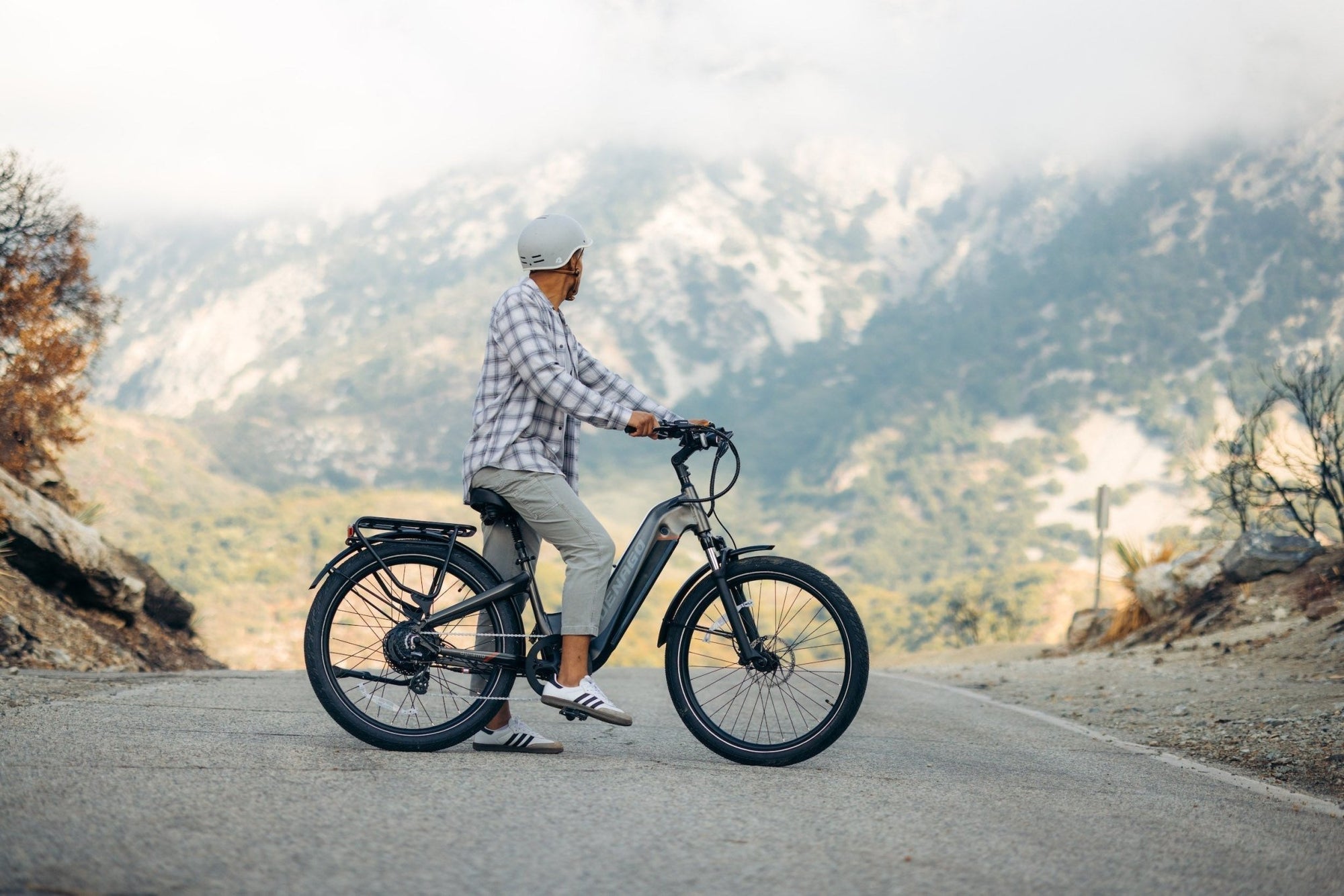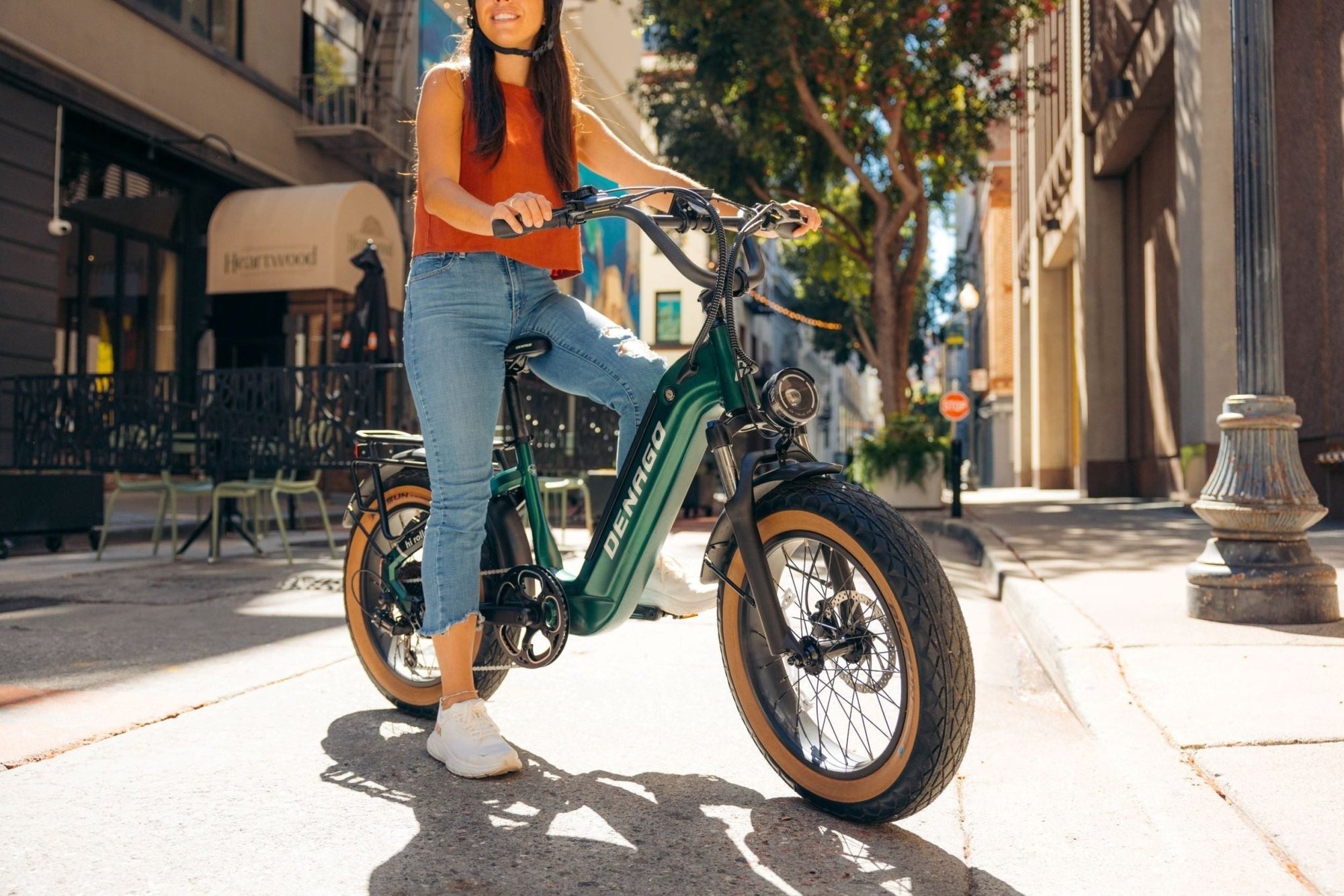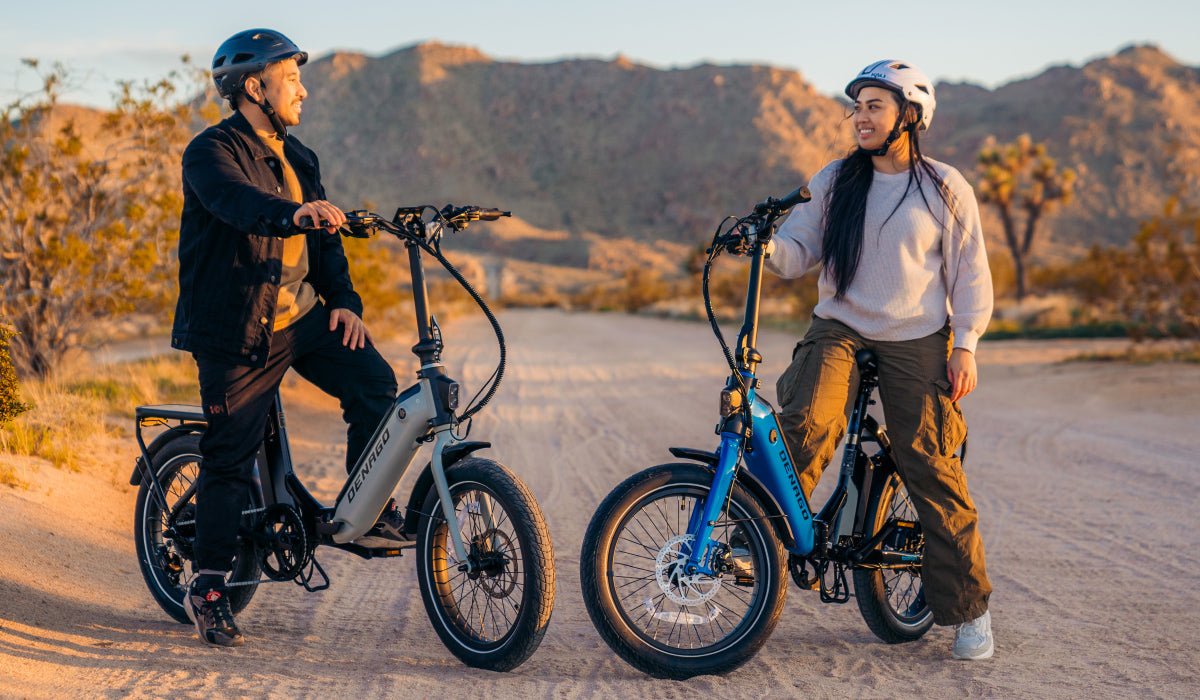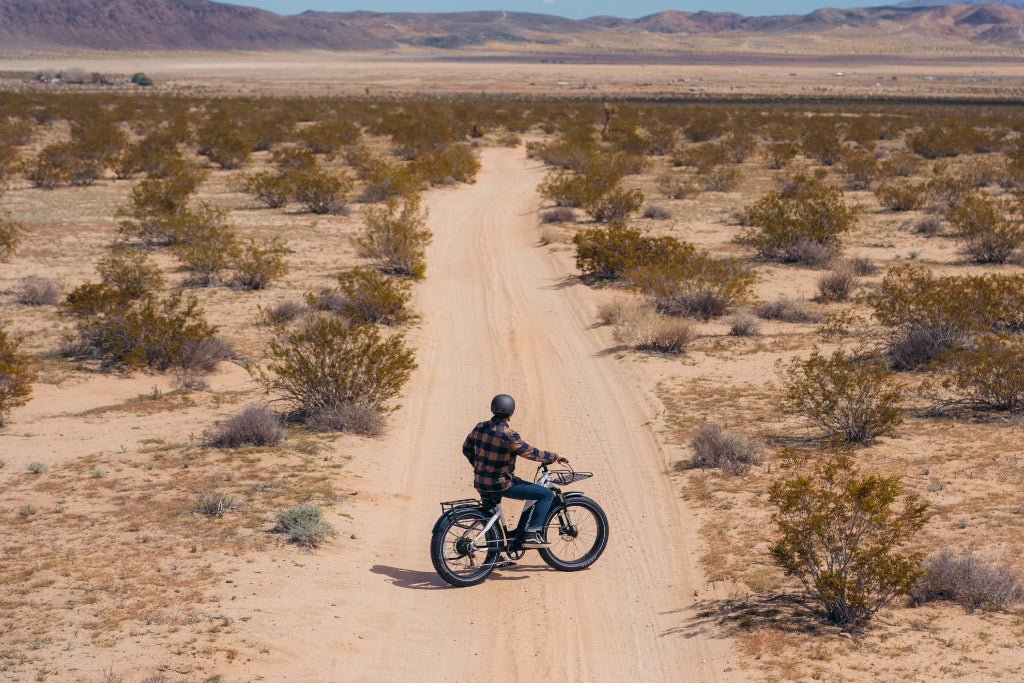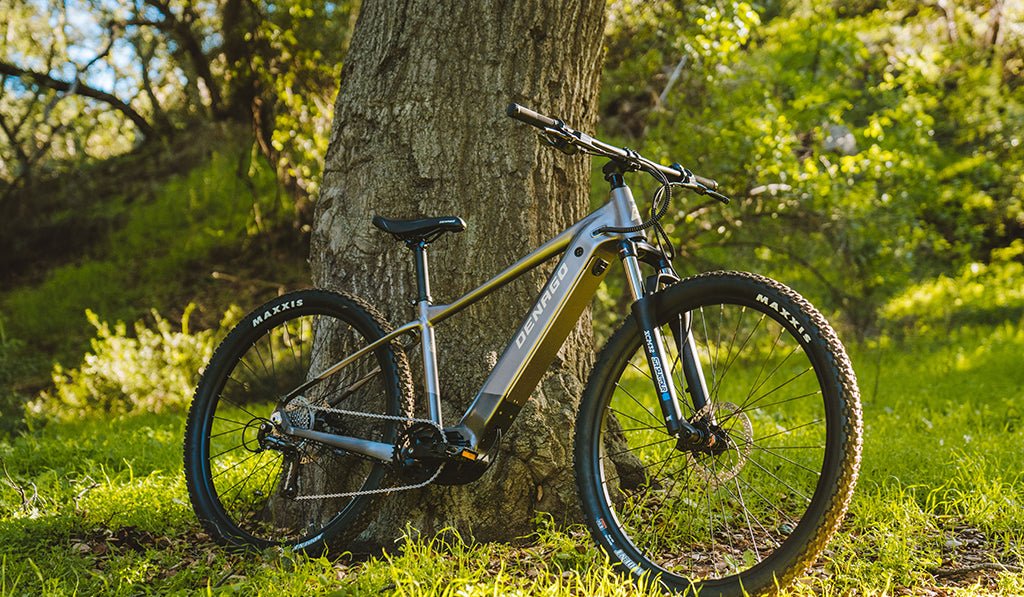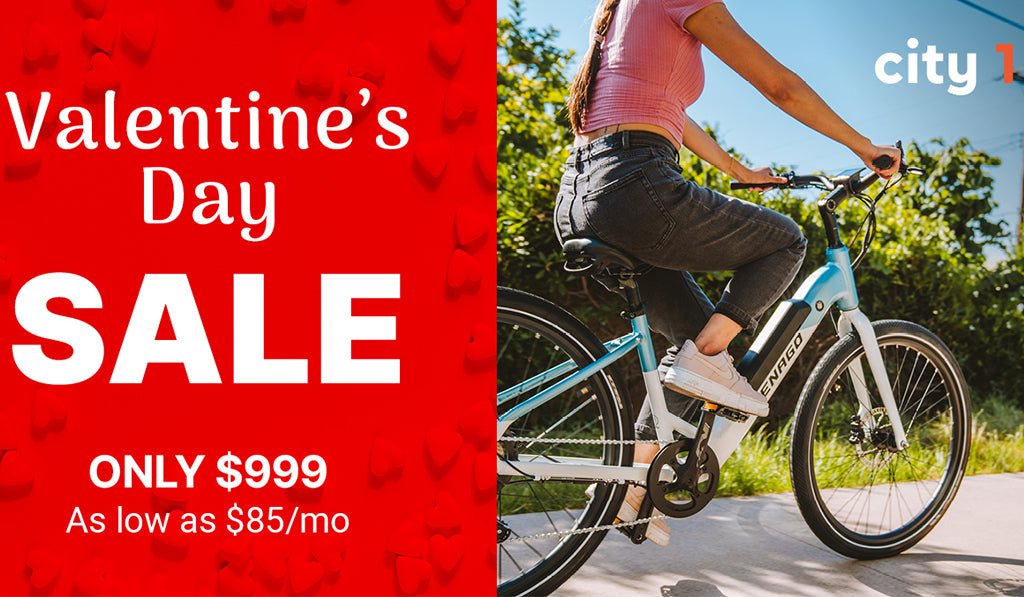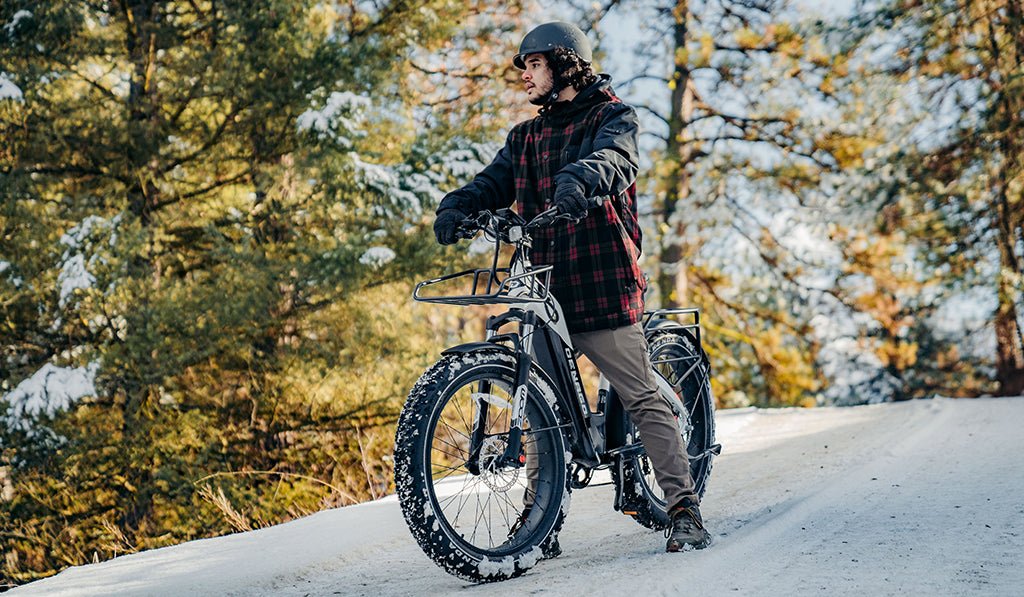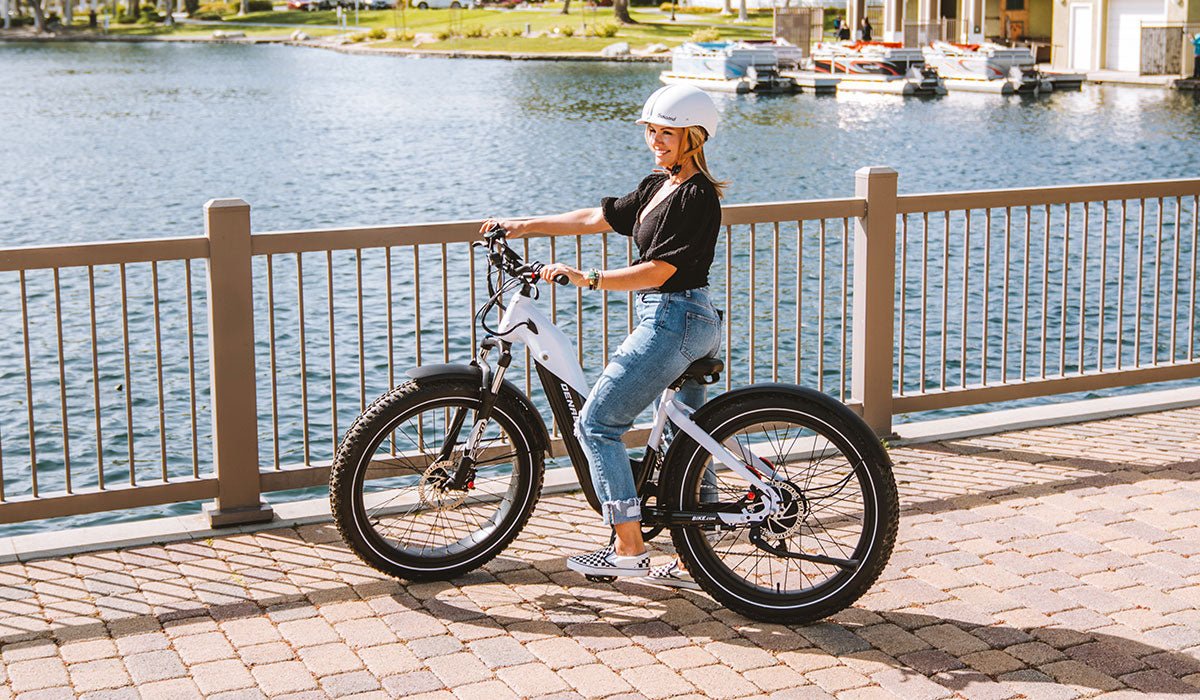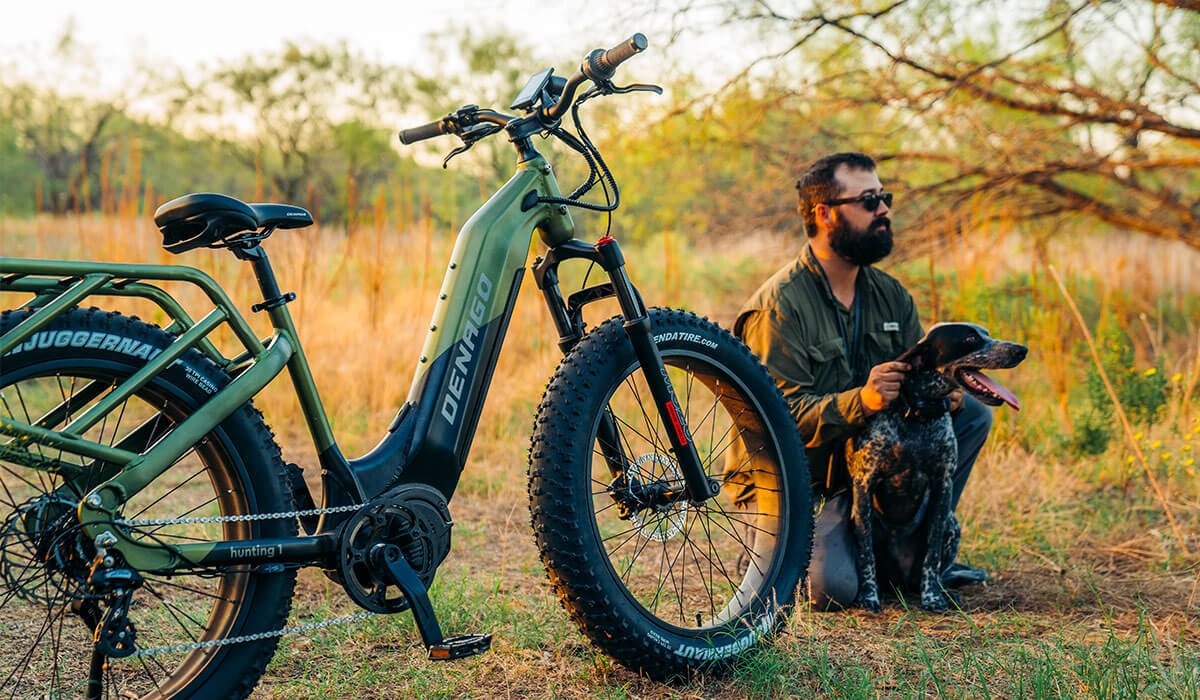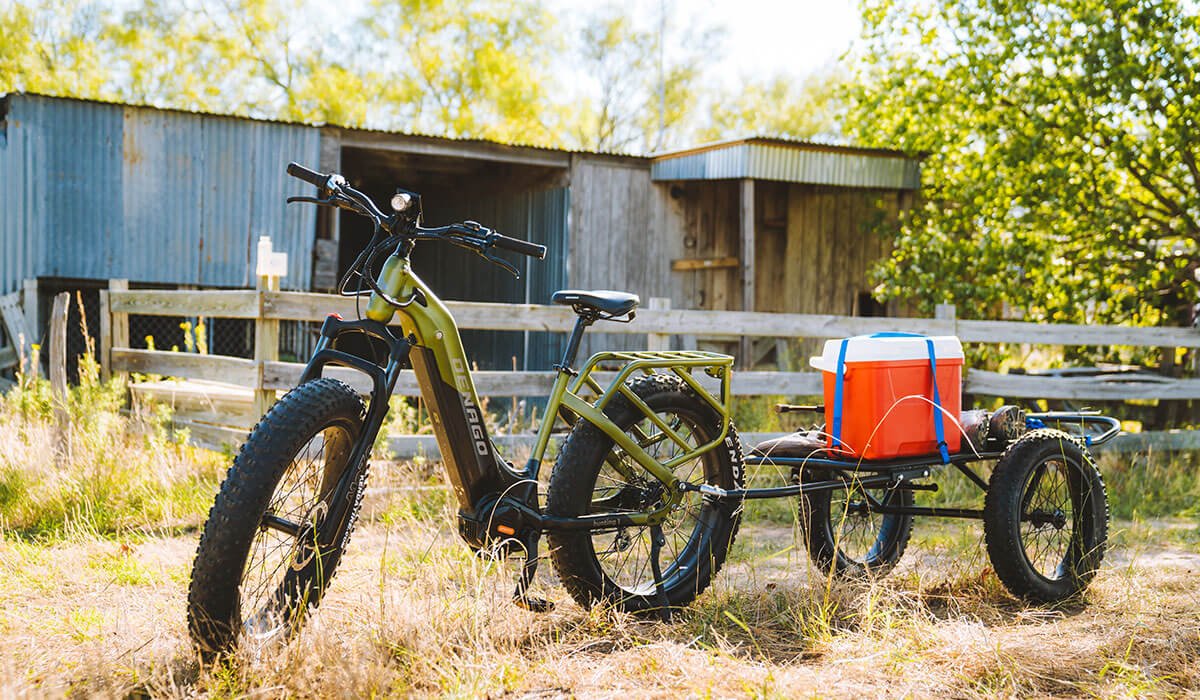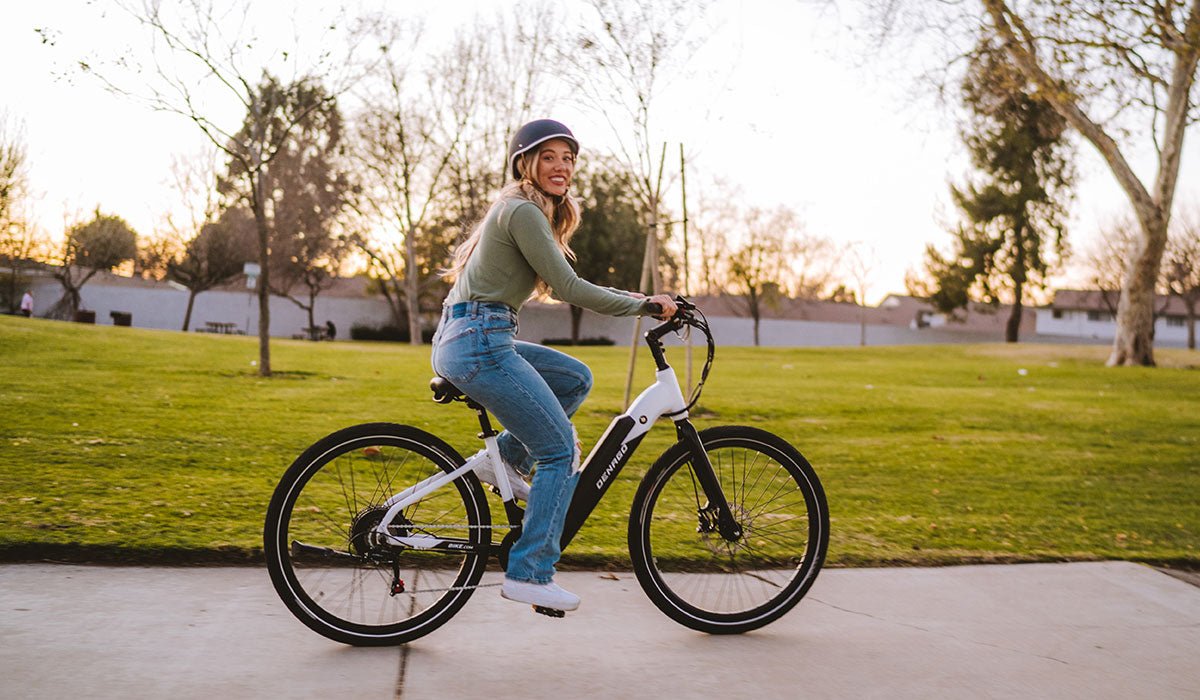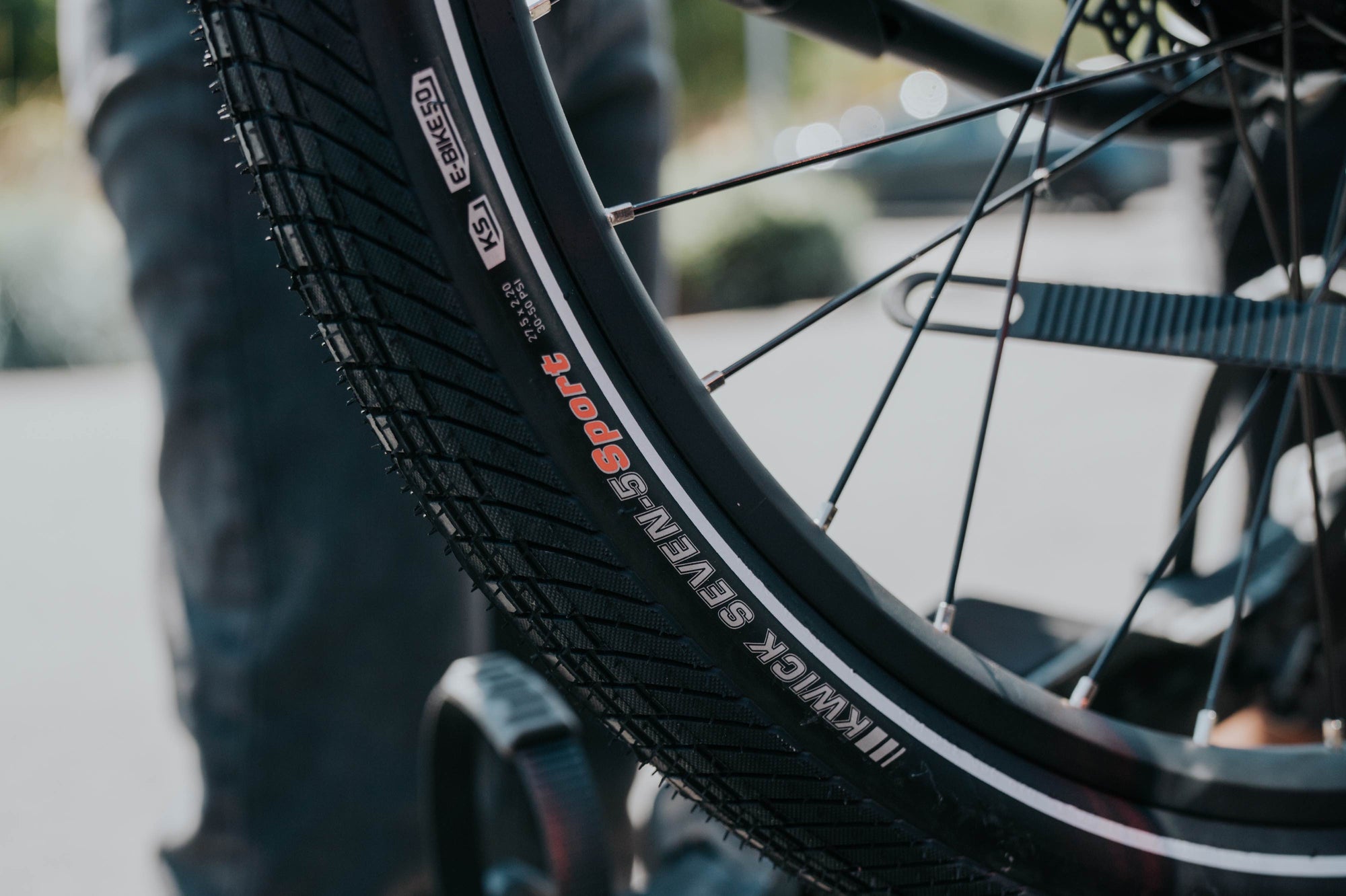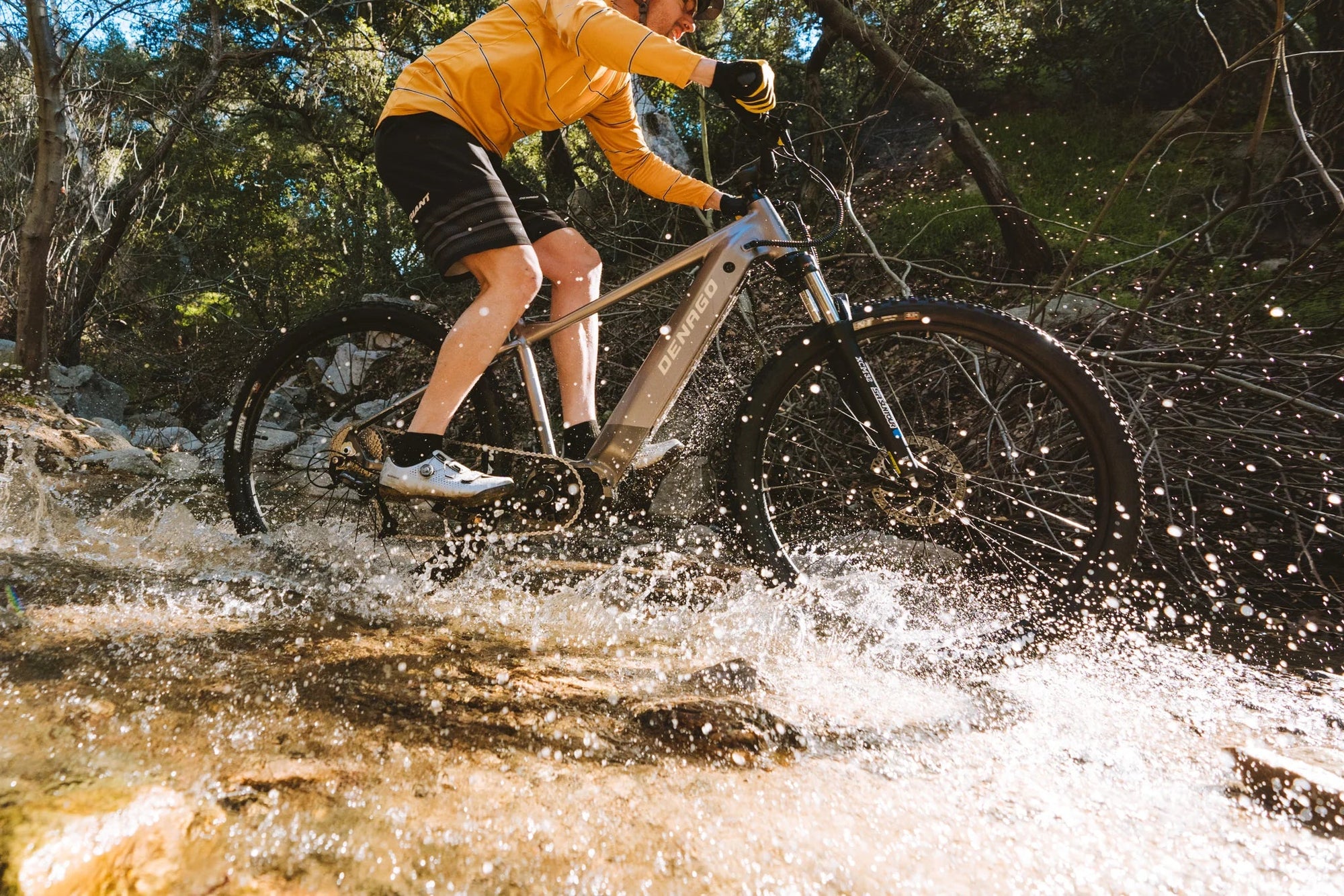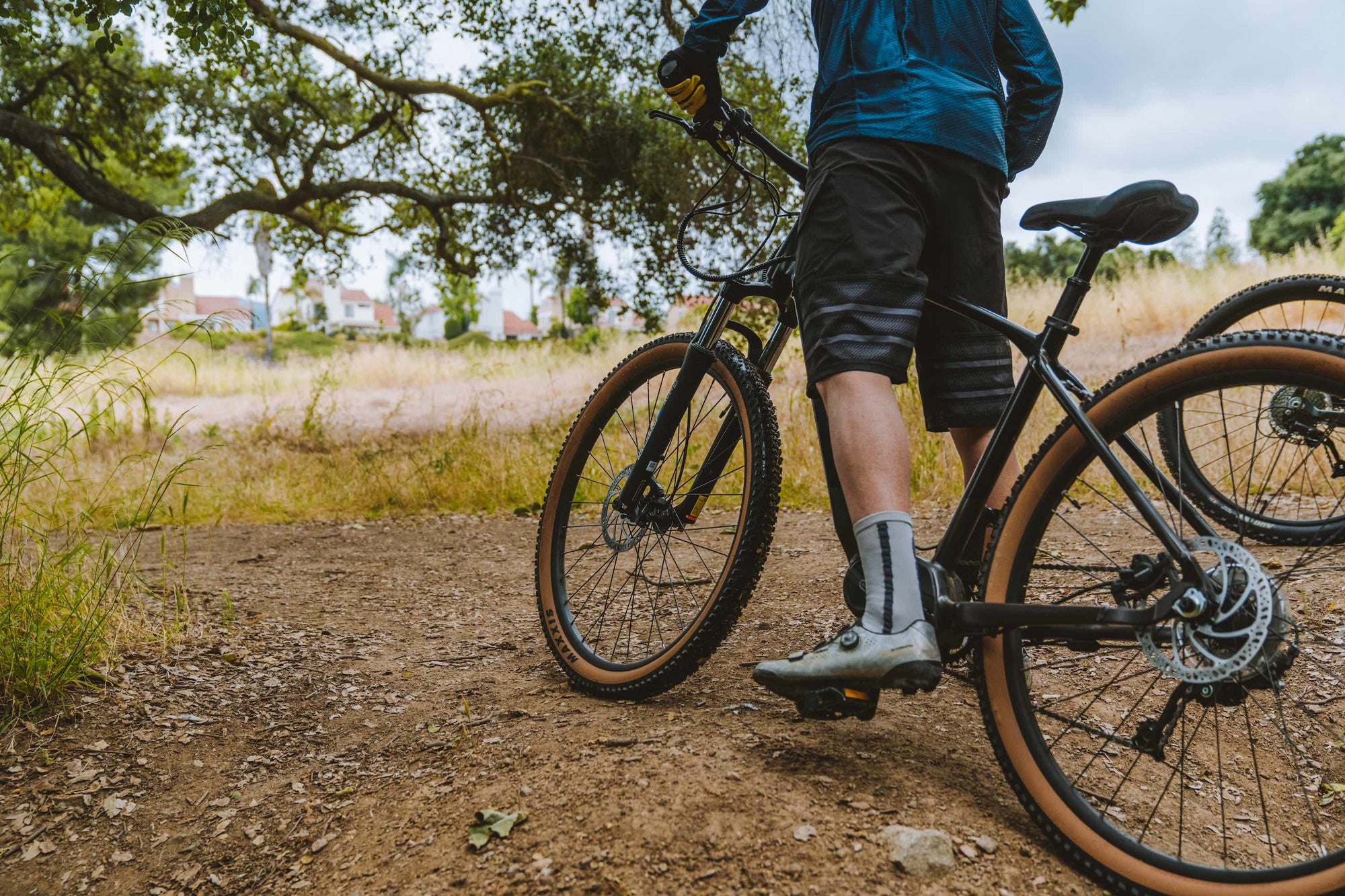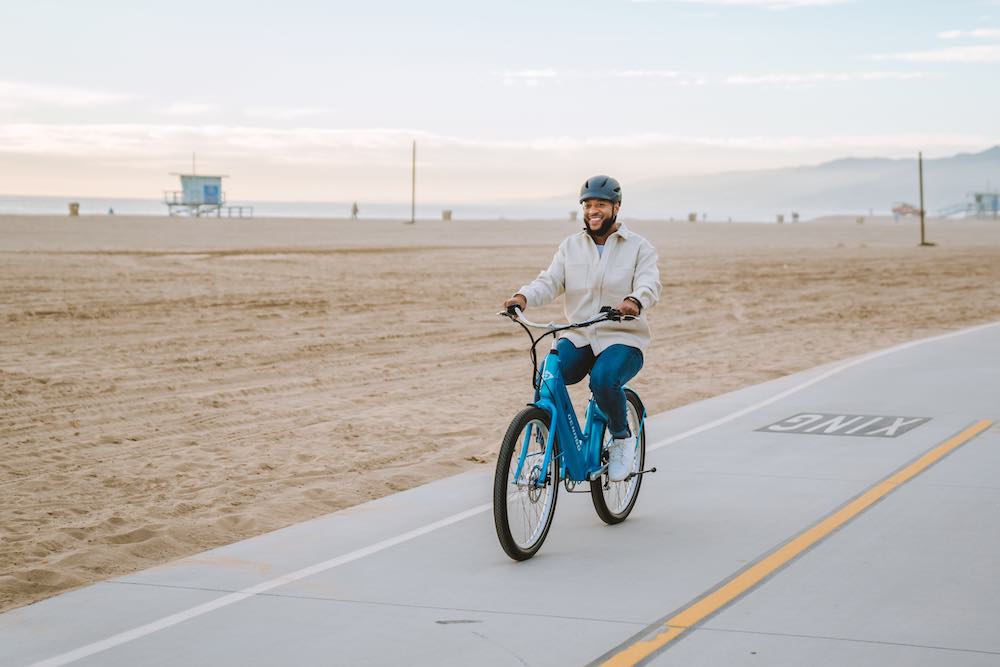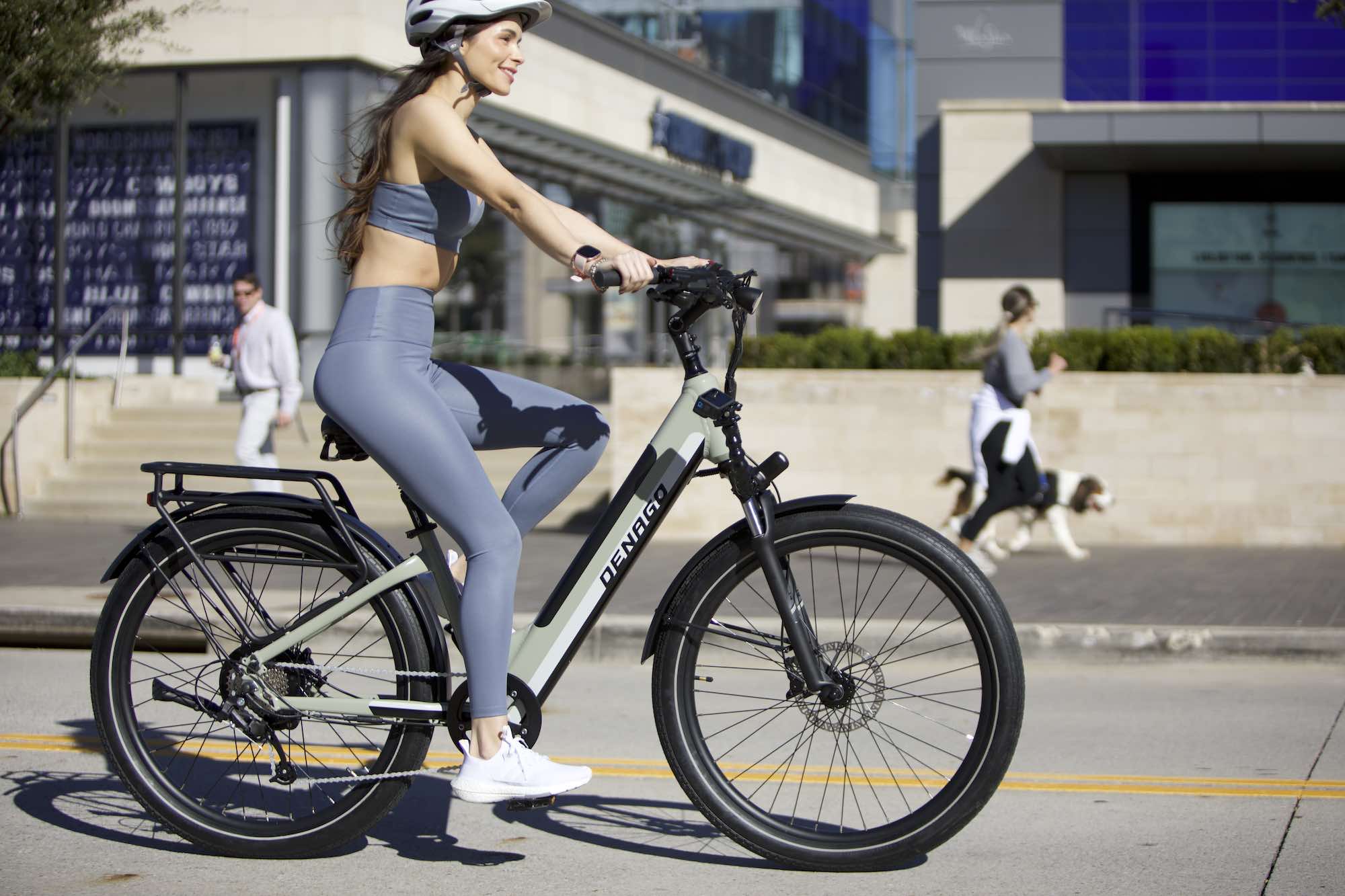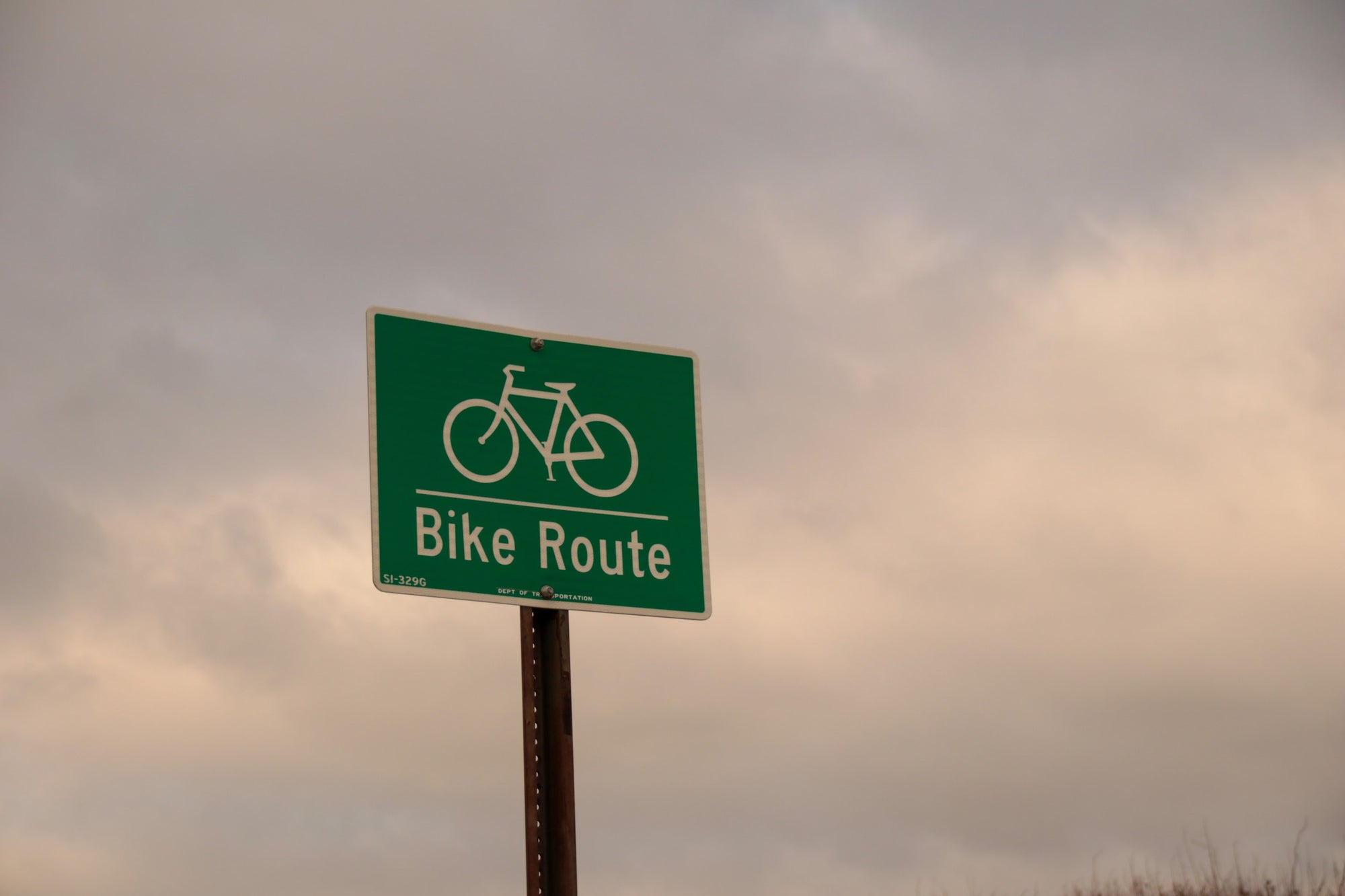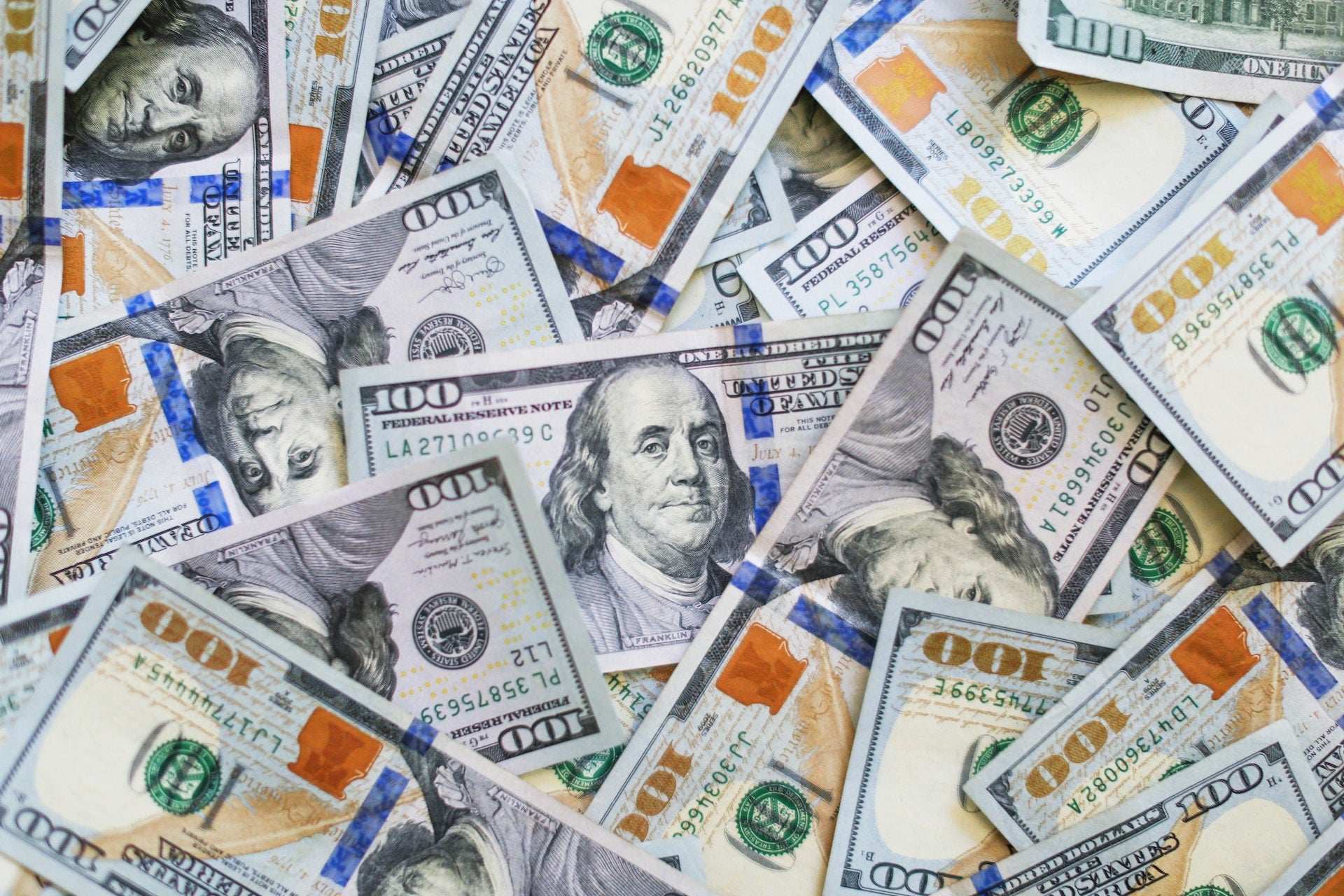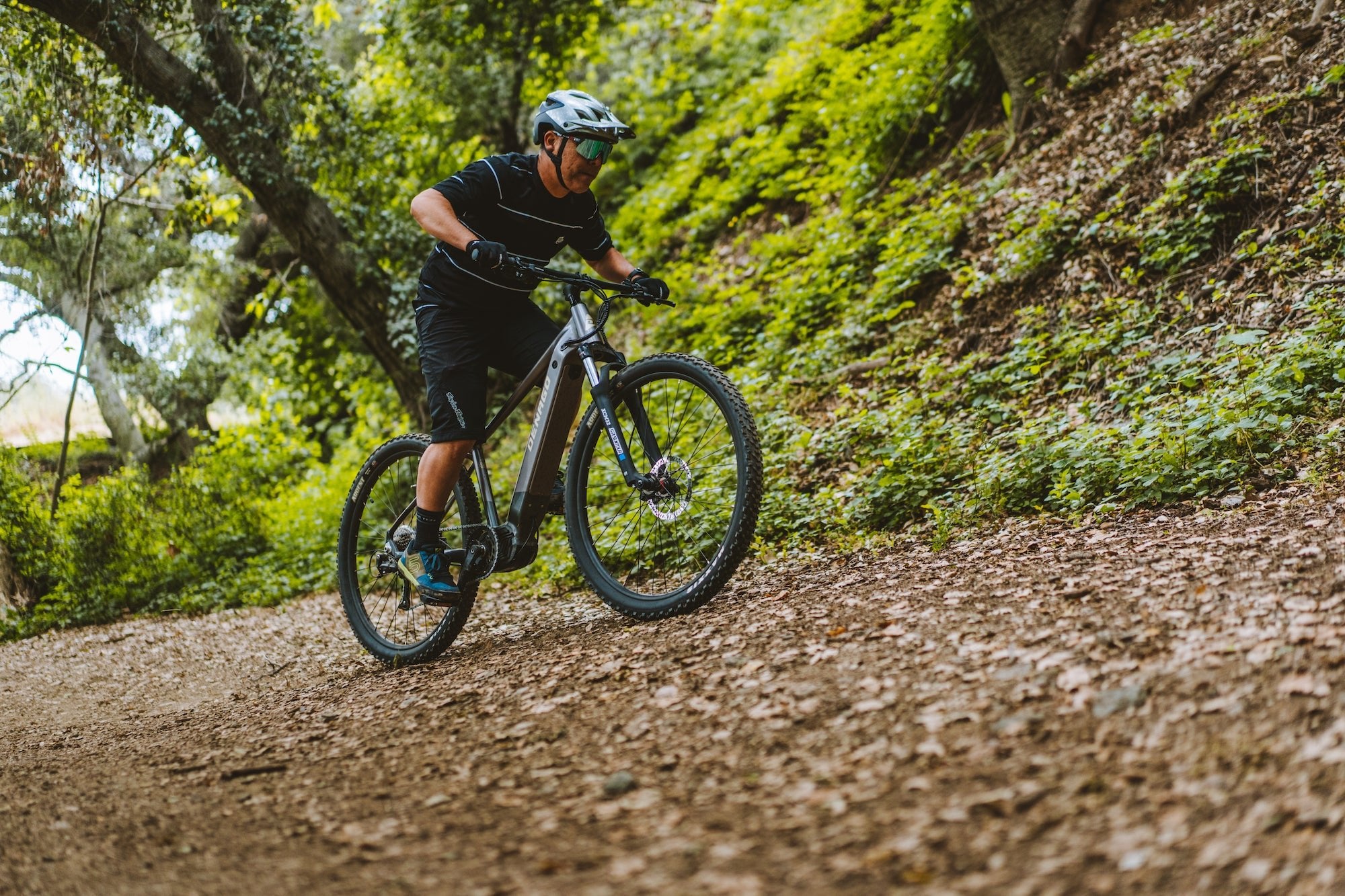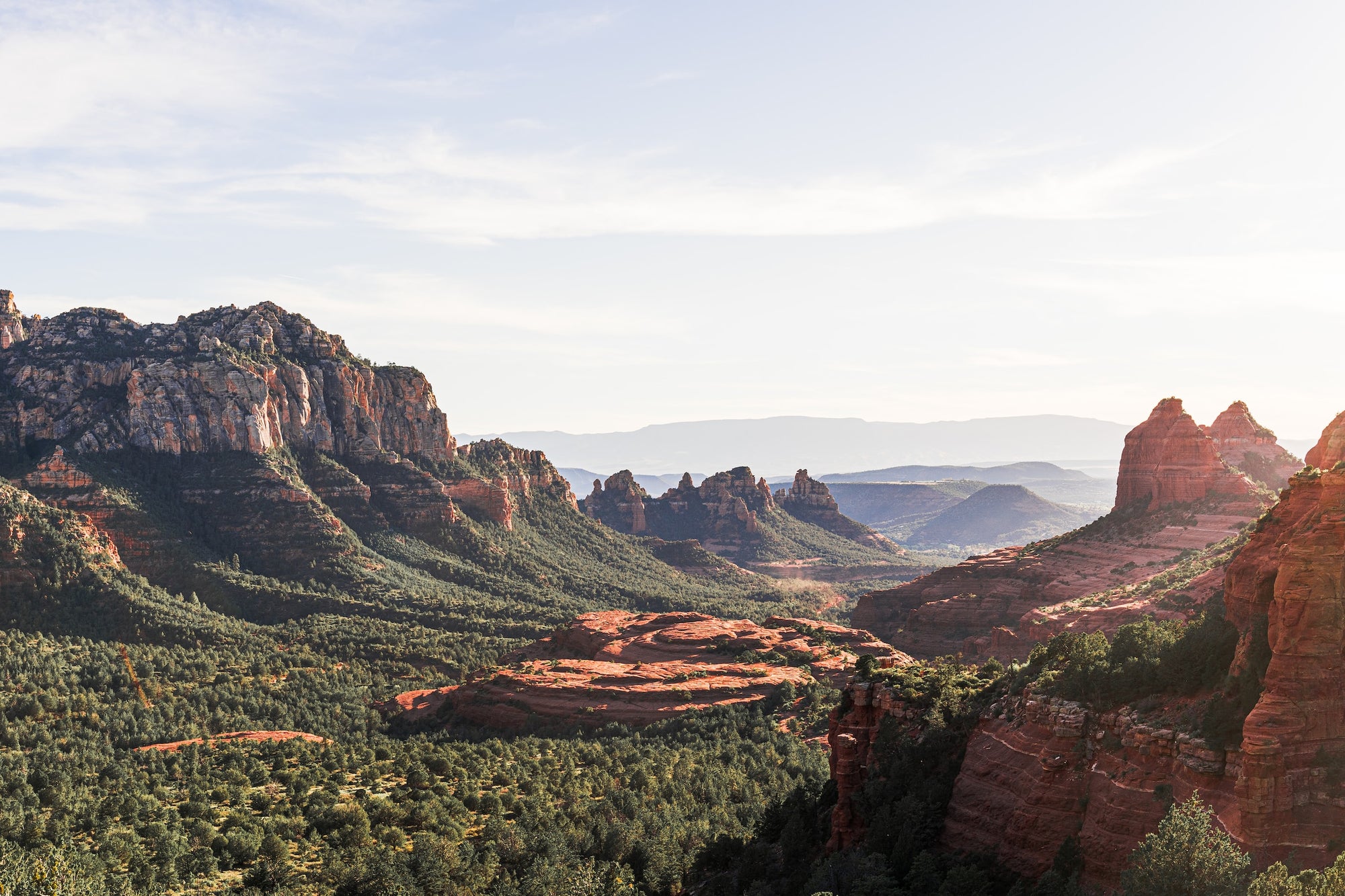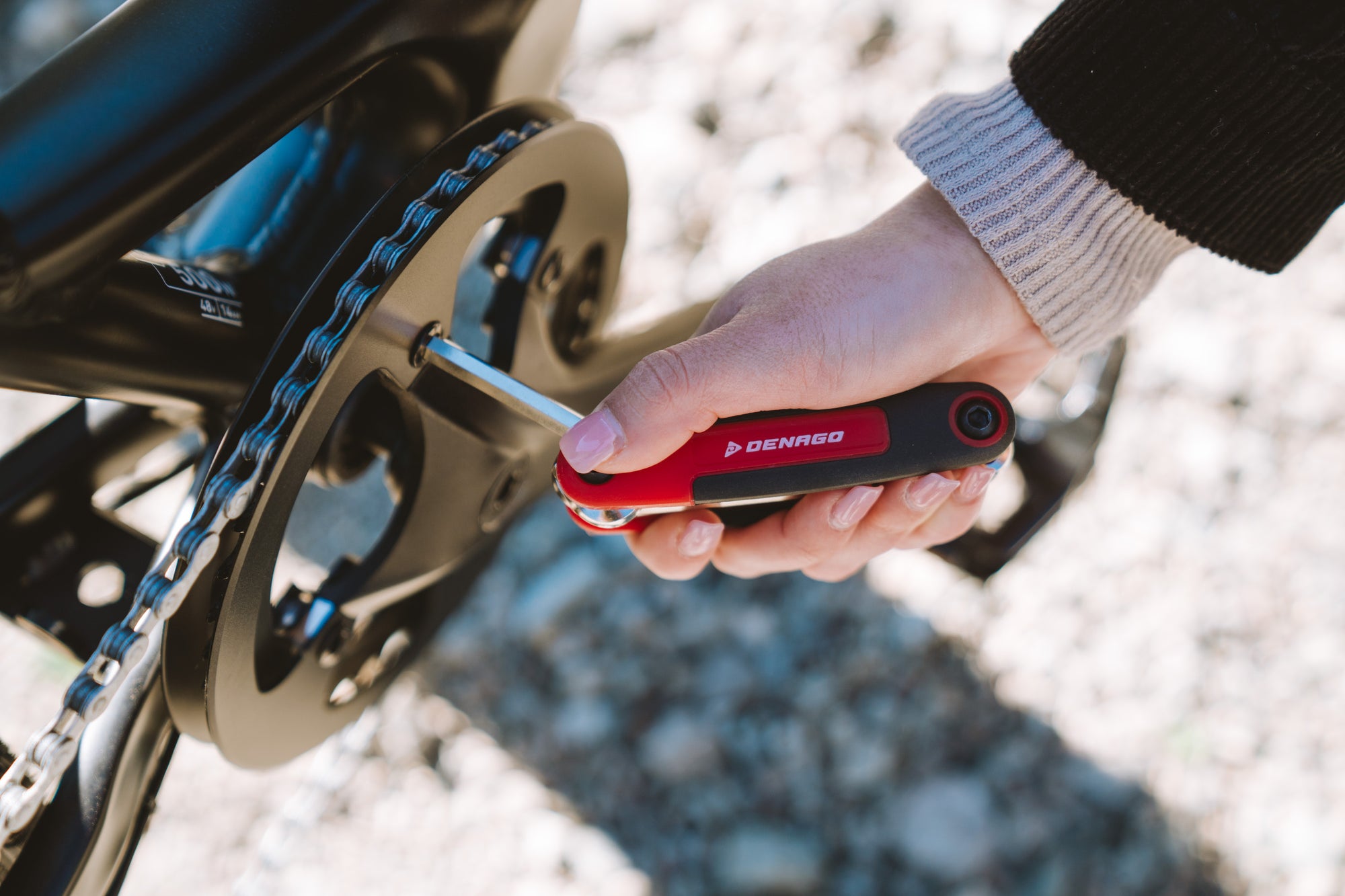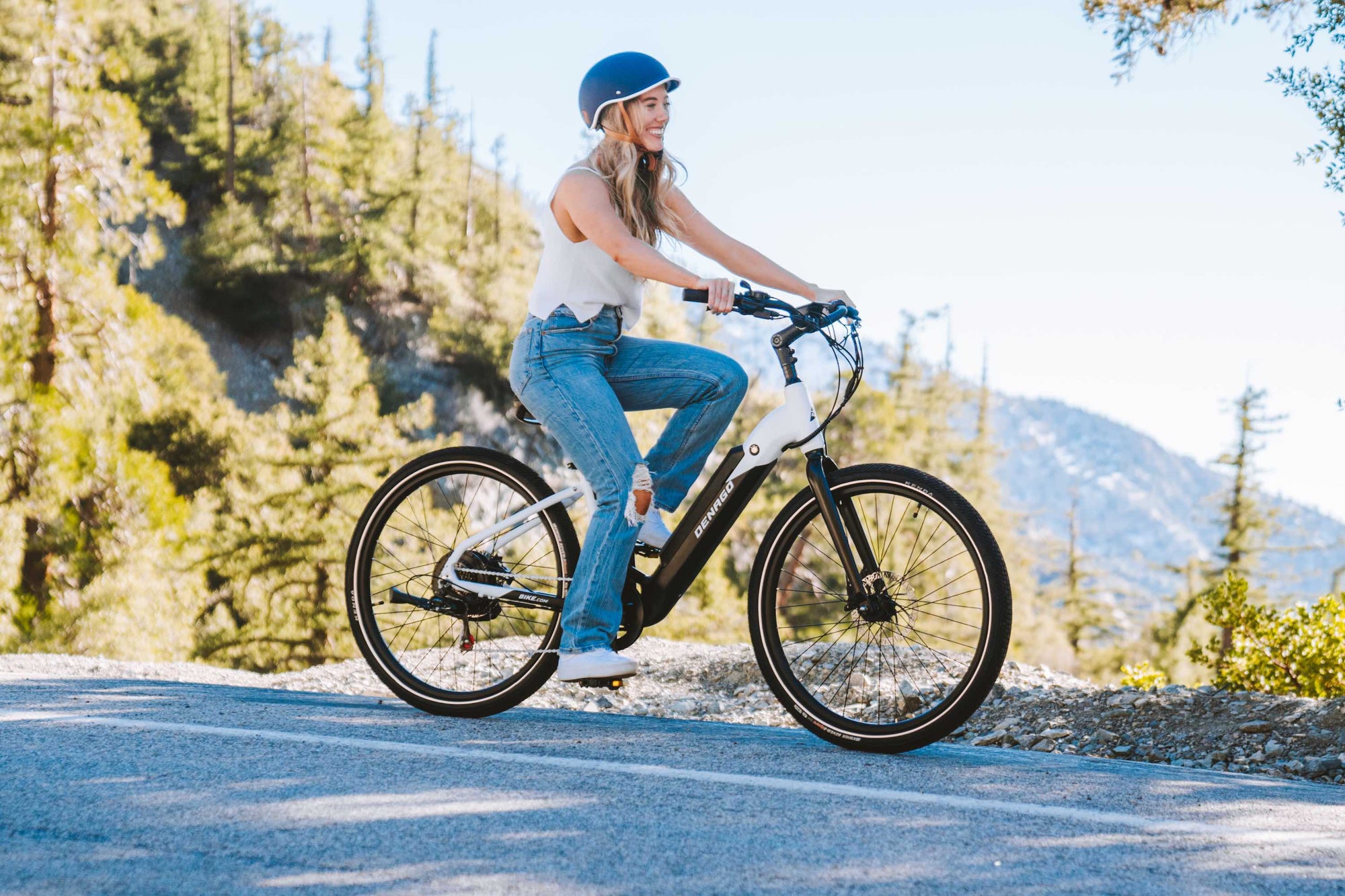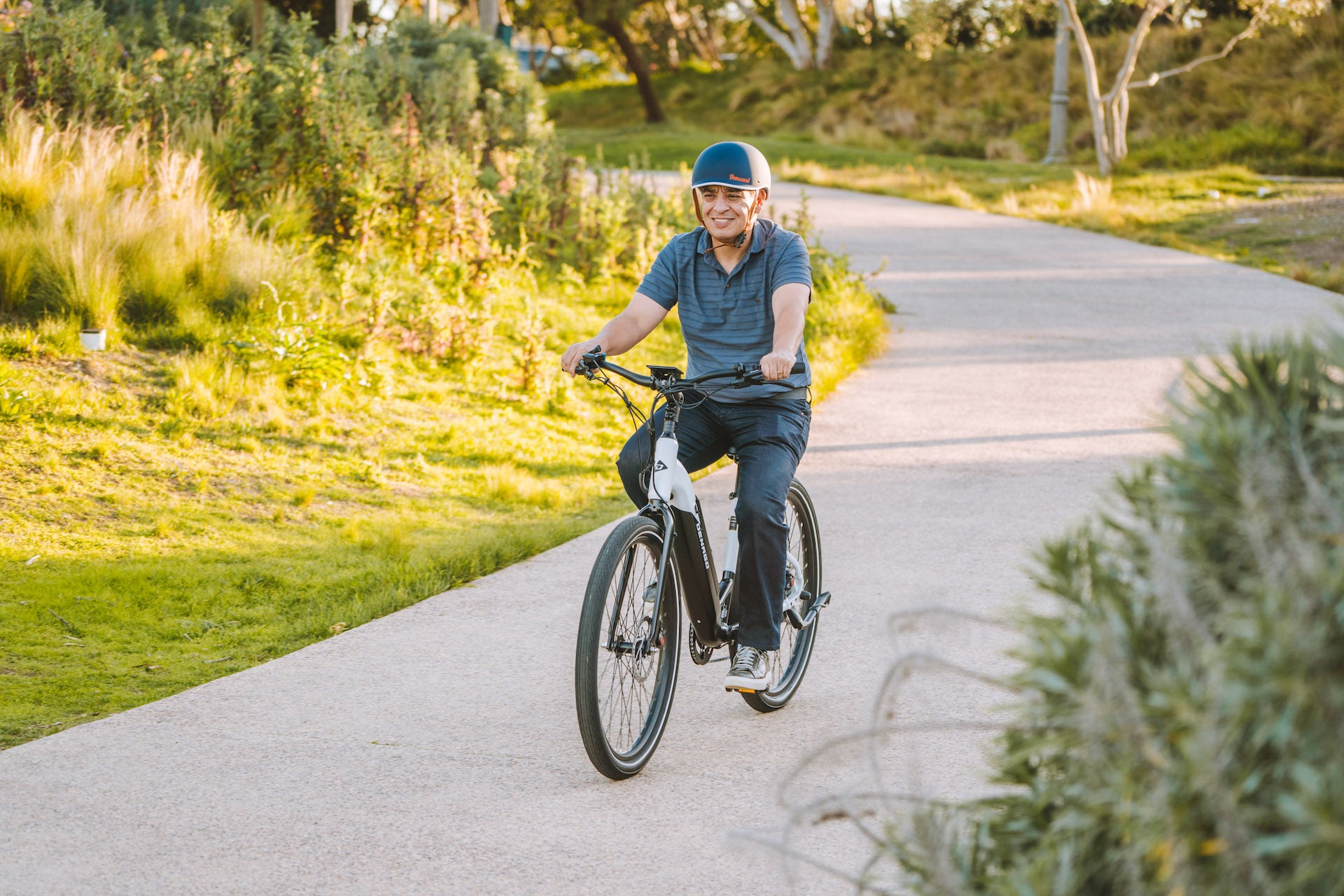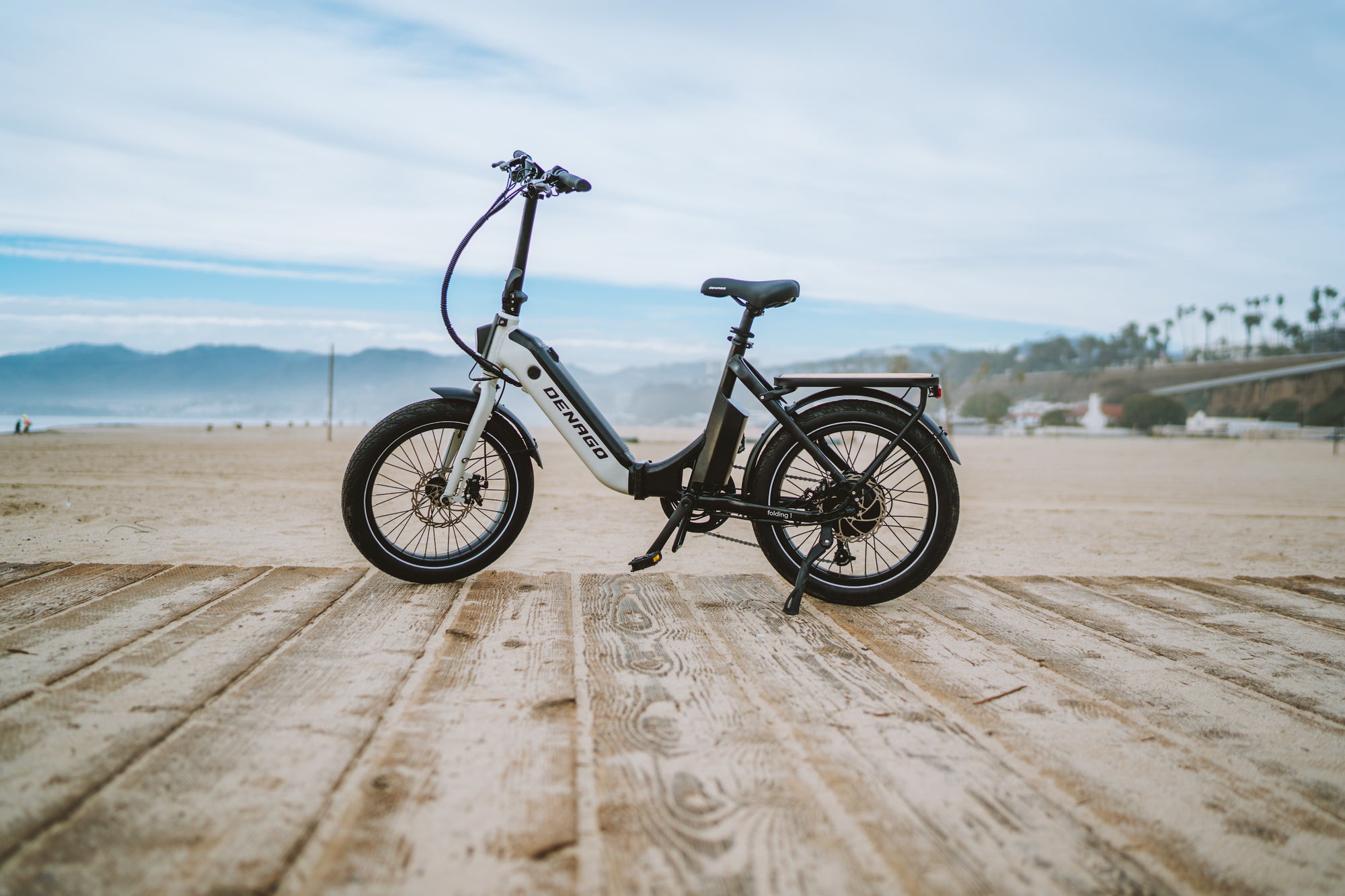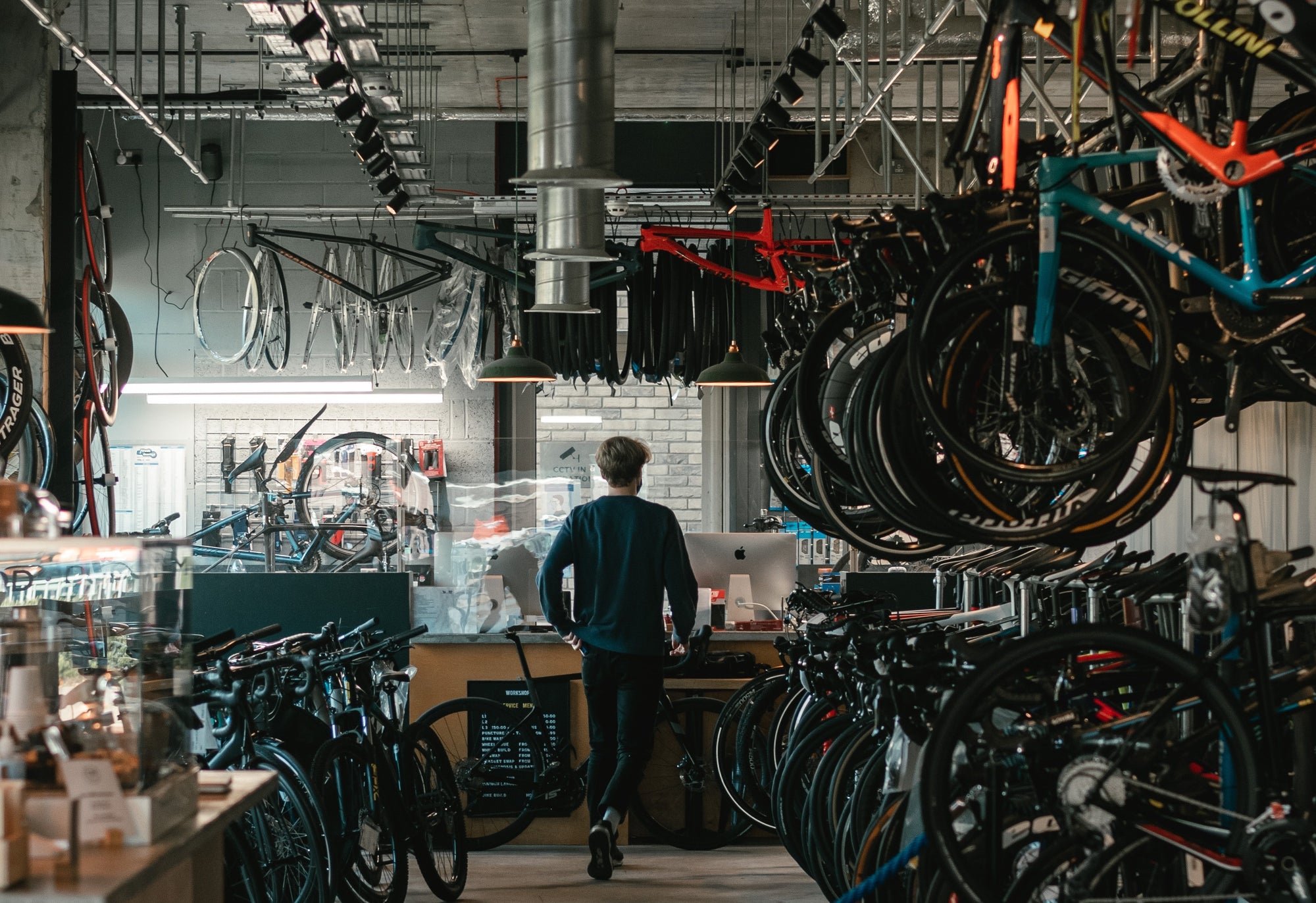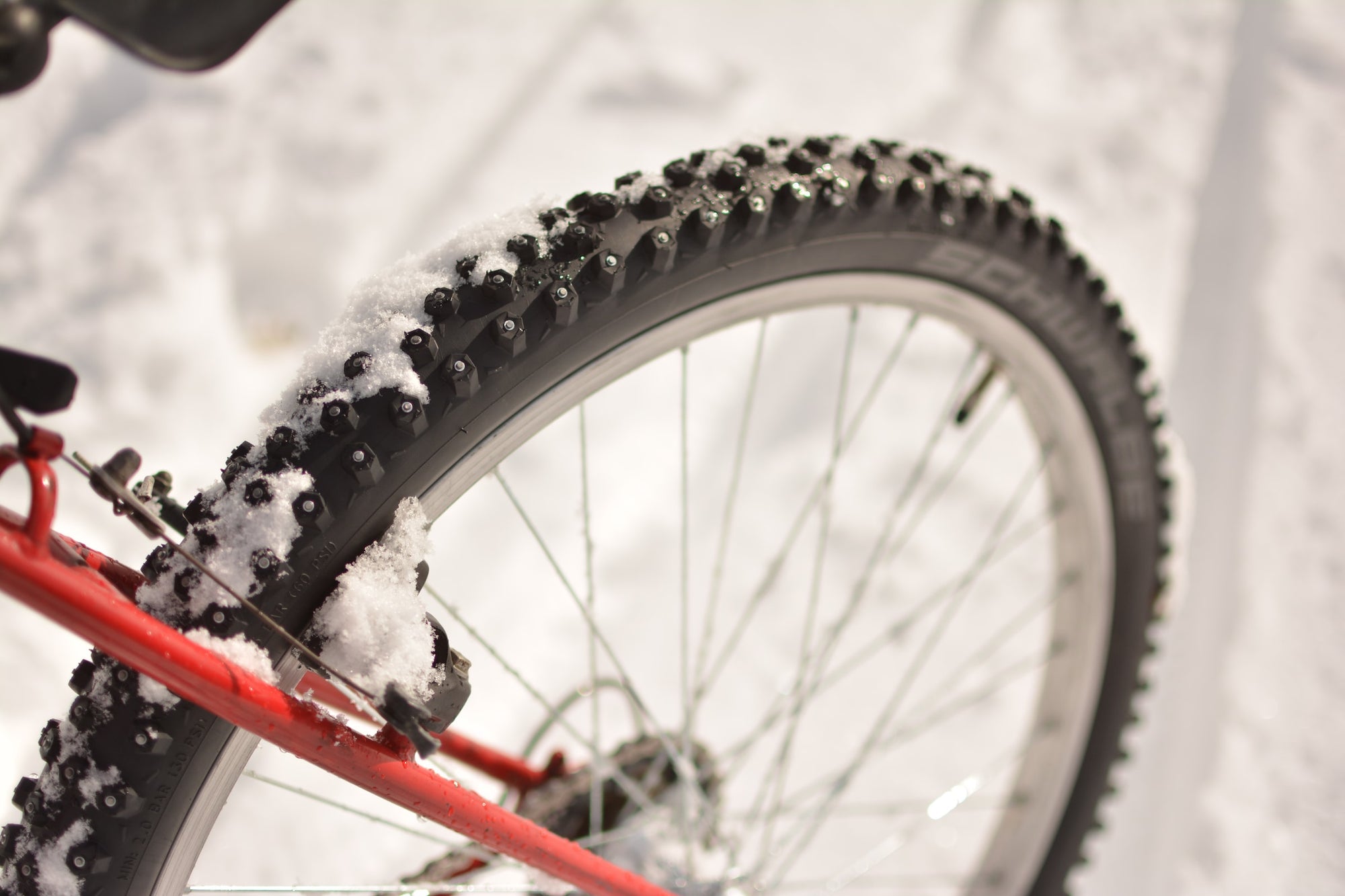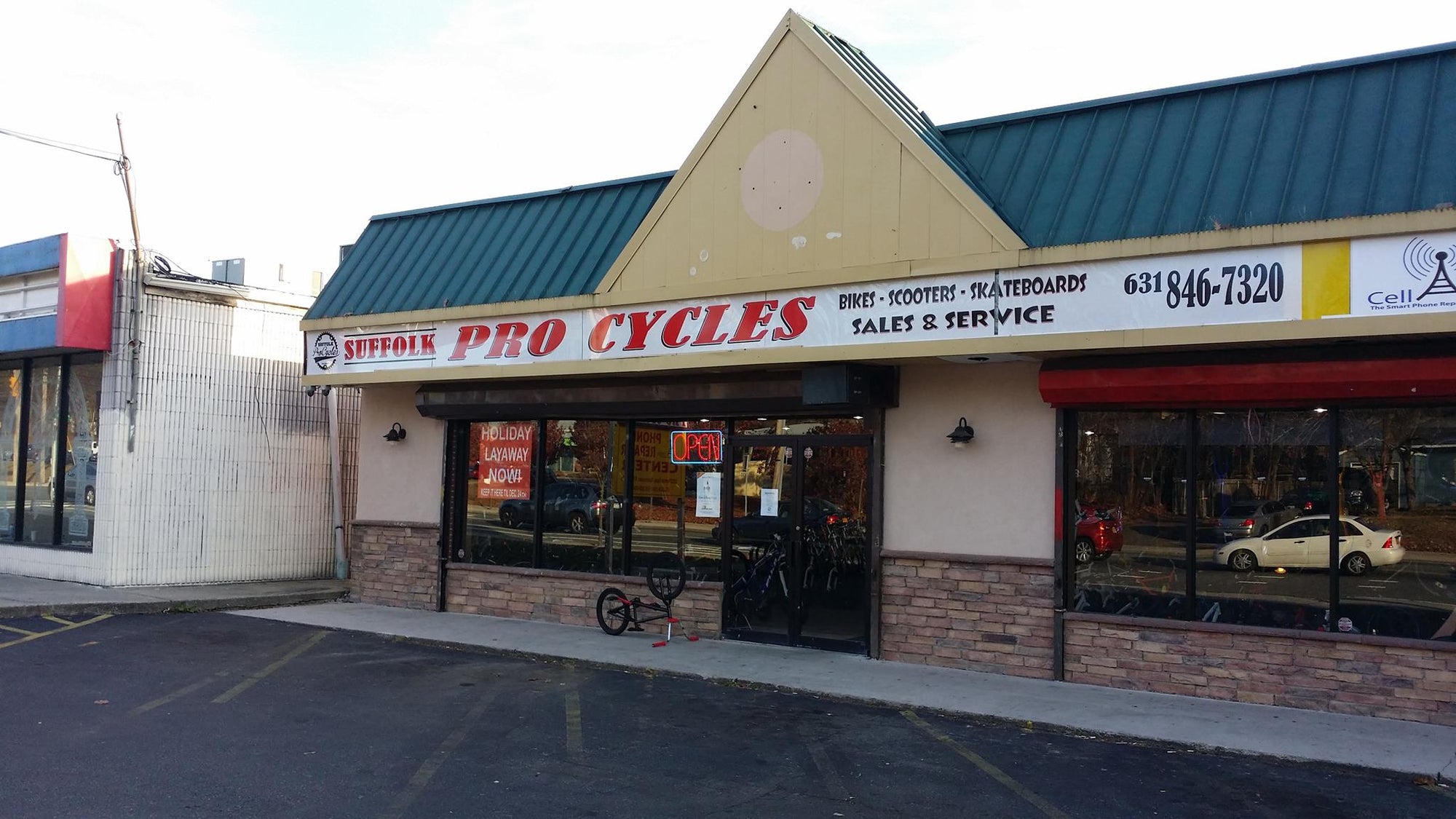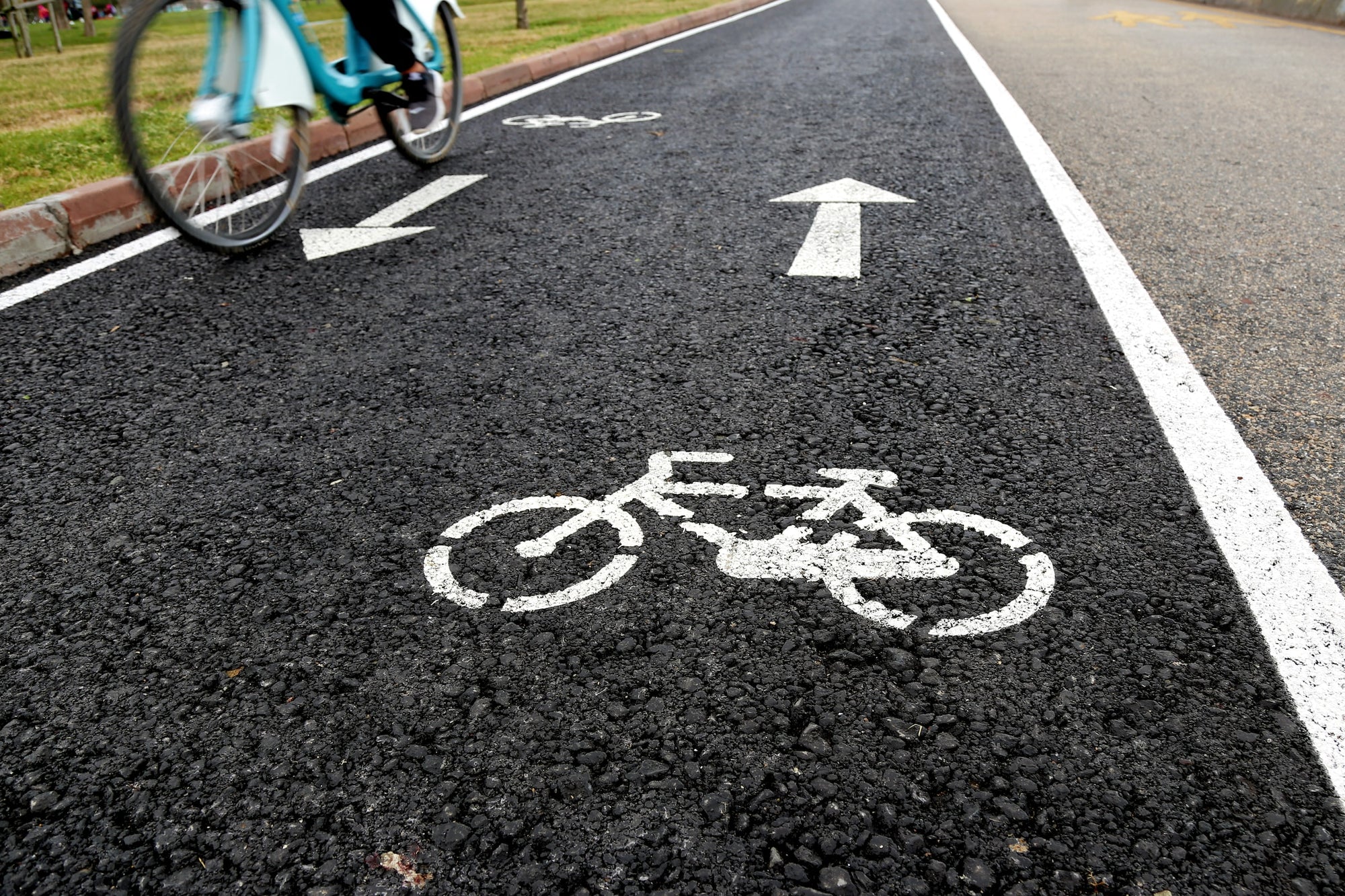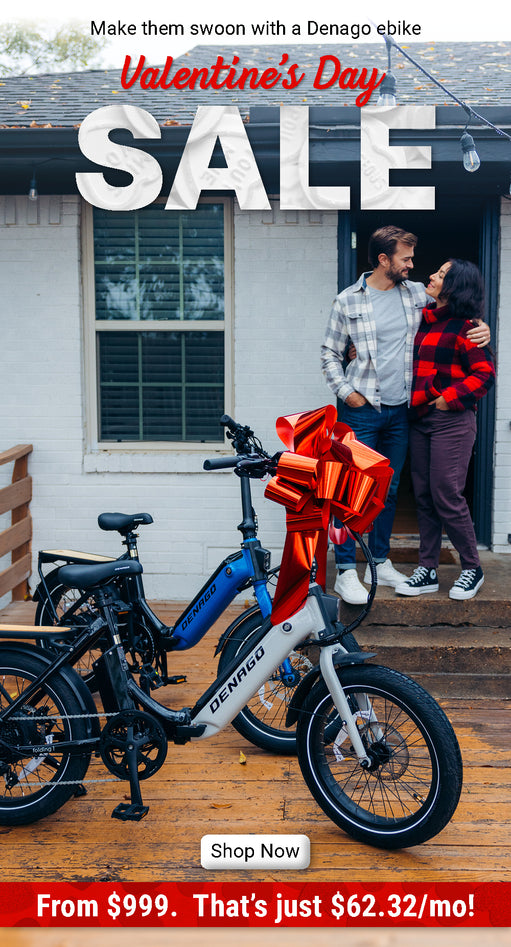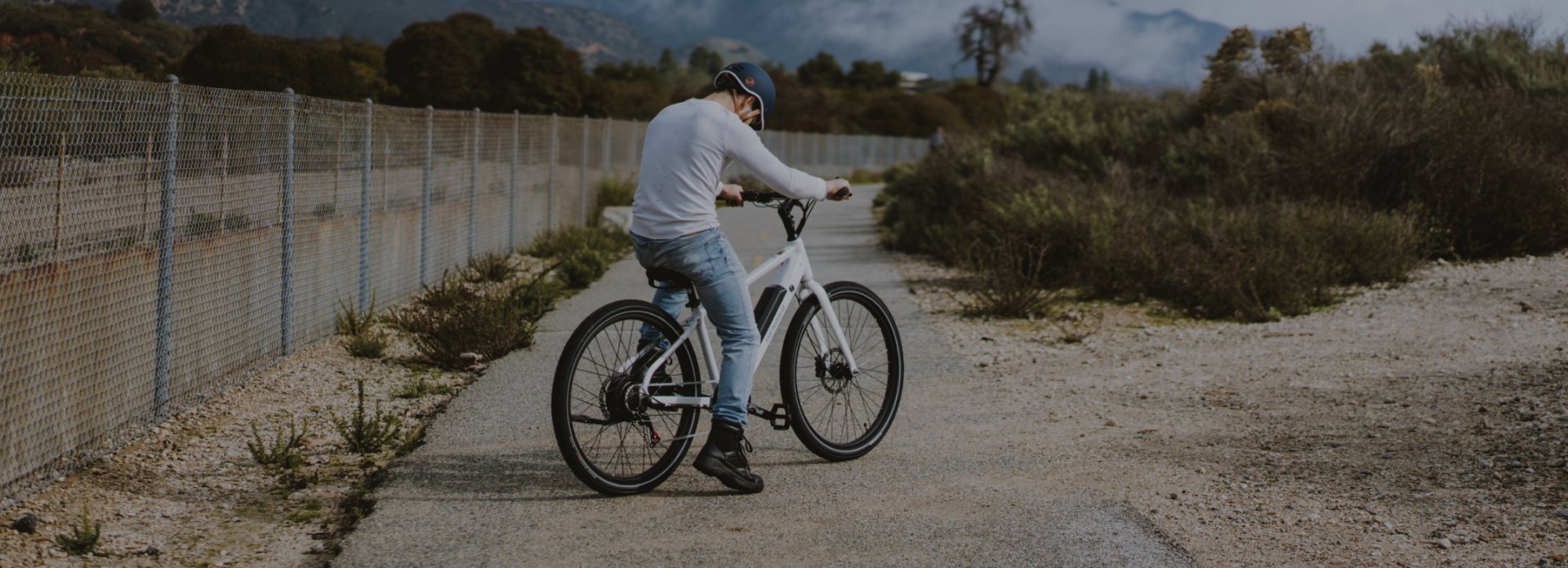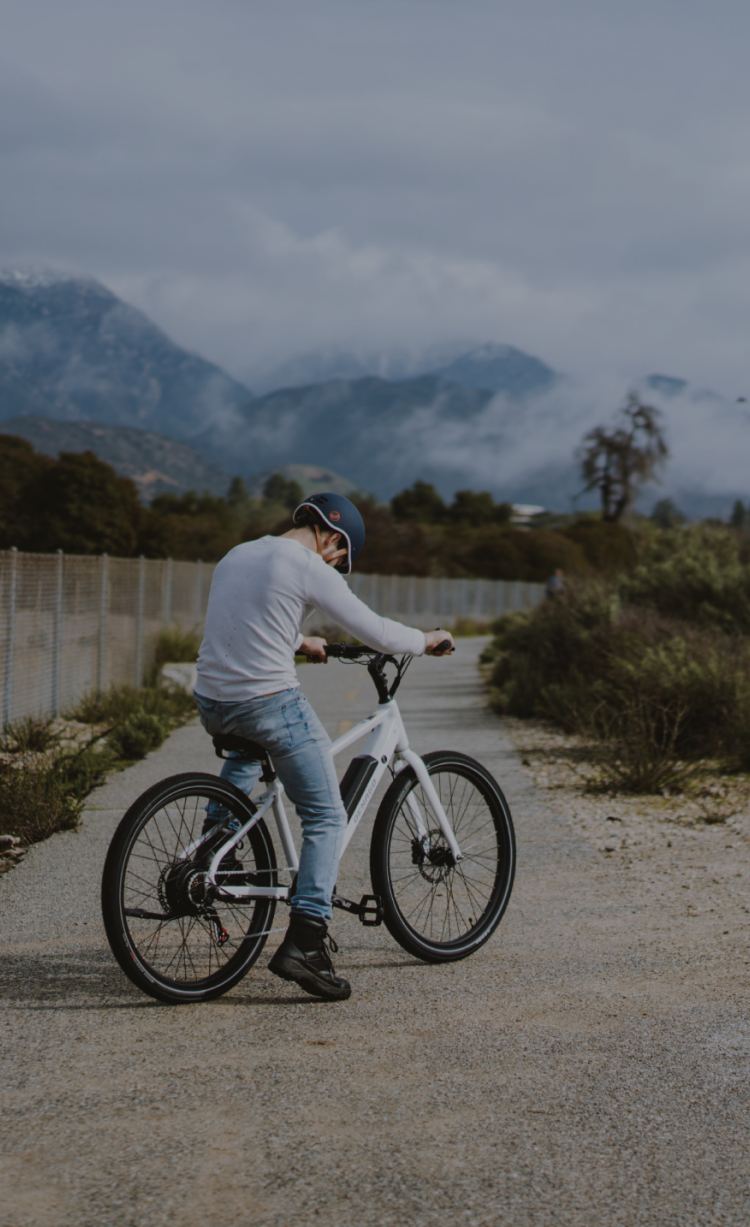To the untrained eye, Class I and II eBikes can look pretty much identical. But they have important differences in terms of functionality, capabilities, and access to trails and paths. Let's explore the differences between Class I and II eBikes, and the pros and cons of each type.
How are Class I and Class II eBikes different?
Class I eBikes only have pedal assist - that means the electric motor turns on only when the rider is pedaling. Class I eBikes are limited to 20 MPH, you can still pedal faster than 20 MPH, but the electric motor will stop providing assistance. When it comes to off-road trails, (think about the type of terrain that would require a mountain bike) in general when eBikes are allowed, the permitted type will often be limited to the Class I style.
In contrast, Class II eBikes have both pedal assist and throttle-only modes. This means the rider can engage the electric motor in two ways, first by pedaling, and second by pushing or twisting a throttle, without pedaling. Like Class I eBikes, Class II eBikes are limited to 20 MPH, and the limit applies to both pedal assist and throttle operation. Class II eBikes are more likely to be restricted in some locations, especially off-road trails.
Class I eBikes pros and cons
| Pros | Cons |
|
|
Class II eBikes pros and cons
| Pros | Cons |
|
|
What about Class III eBikes?
Also consider the 3rd style of eBikes, Class III. Class III eBikes (sometimes called "Speed Pedelec" - mostly in Europe) like the Denago City Model 1 can travel up to 28 MPH on pedal assist - much faster than Class I or II models. Some Class III eBikes have throttles in addition to pedal assist; Class III models equipped with throttles stop providing assist at 20 MPH on throttle alone, and 28 MPH while the rider is pedaling. Many Class III eBikes will run with the throttle removed and/or the speed limiter adjusted down to 20 MPH, which can open up some additional trail and path access.




